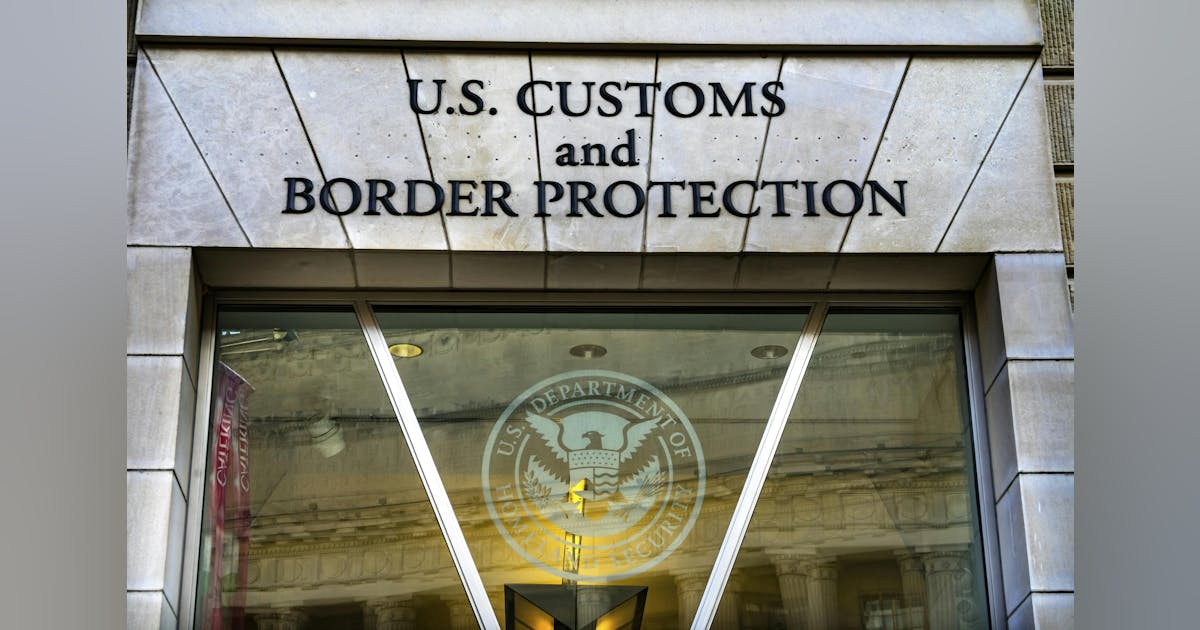
, which would include how the technologies work, what they would cost, how they might impact the privacy of border communities and ways to discontinue outdated technology.
“Border security means keeping drug and human traffickers away from our communities — and new, bleeding-edge technology that is already available for commercial use would give our hard-working officers the tools they need to keep us safe,” Correa said. ” Congress will better understand how our officers can use new technology to stop smugglers, as well as identify and respond when migrants are crossing in remote and deadly conditions, and hopefully deliver them the resources they so desperately need.”
Correa said artificial intelligence could strengthen vetting processes and identify security risks — as well as expedite those processes.
Databases that store people’s information are complex and voluminous, Correa said, and emerging technologies like AI could also simplify managing them.
“It’s not like the good ol’ days where a detective would sit there with a magnifying glass, looking at fingerprints for 20 hours a day,” said Correa. “Now, we have massive databases.”
“That’s what we’re asking Homeland Security to do,” he said. “We’re saying, ‘Look at these technologies. Don’t be afraid to explore them.'”
Artificial intelligence is already playing a role in immigration enforcement.
New AI Security Roadmap
DHS in March unveiled its “Artificial Intelligence Roadmap,” which details the department’s initiatives to use AI technologies at the border. Tech already in use includes computer programs that identify suspicious patterns in cars’ border crossing history, facial recognition systems — similar to those used by TSA that scan air travelers’ photo identification to confirm their identity and flight details — and software that automatically screens cargo at ports of entry.
However, there are concerns with using AI at the border, including those revolving around privacy, human rights and the perpetuation of racial discrimination of migrants.
That’s the challenge that AI presents at this stage in its development, said Louis DeSipio, a political science professor at UC Irvine.
“It is built sort of based on the biases of the society that programmed it,” DeSipio said. “If AI were being used for immigrant visas or tourist visas or other short-term visas, there would have to be some sort of human redundancy check to make sure that the technology isn’t excluding a whole class of people.”
“The key is to ensure that the agency also has the resources to do the individual level assessment that they do when a visa is issued,” DeSipio added.
Correa said he’s aware of those concerns and legislators are trying to come up with safety measures to “make sure we ensure people’s privacy is preserved.”
In addition to researching and adapting more new, cutting-edge technology, the bill would require CBP to incentivize private companies to develop technologies that could be used at the border while also coming up with ways to work with other groups, including universities.
The use of AI at the border will increase employment opportunities there, Correa said. The influx of people as well as trade at the border and ports of entry pose a huge need for cutting-edge technology as well as additional people to help implement it and train people to use it, he said.
The bill, which recently passed out of the House Committee on Homeland Security, is scheduled next for a House vote.
This post was originally published on 3rd party site mentioned in the title of this site




